
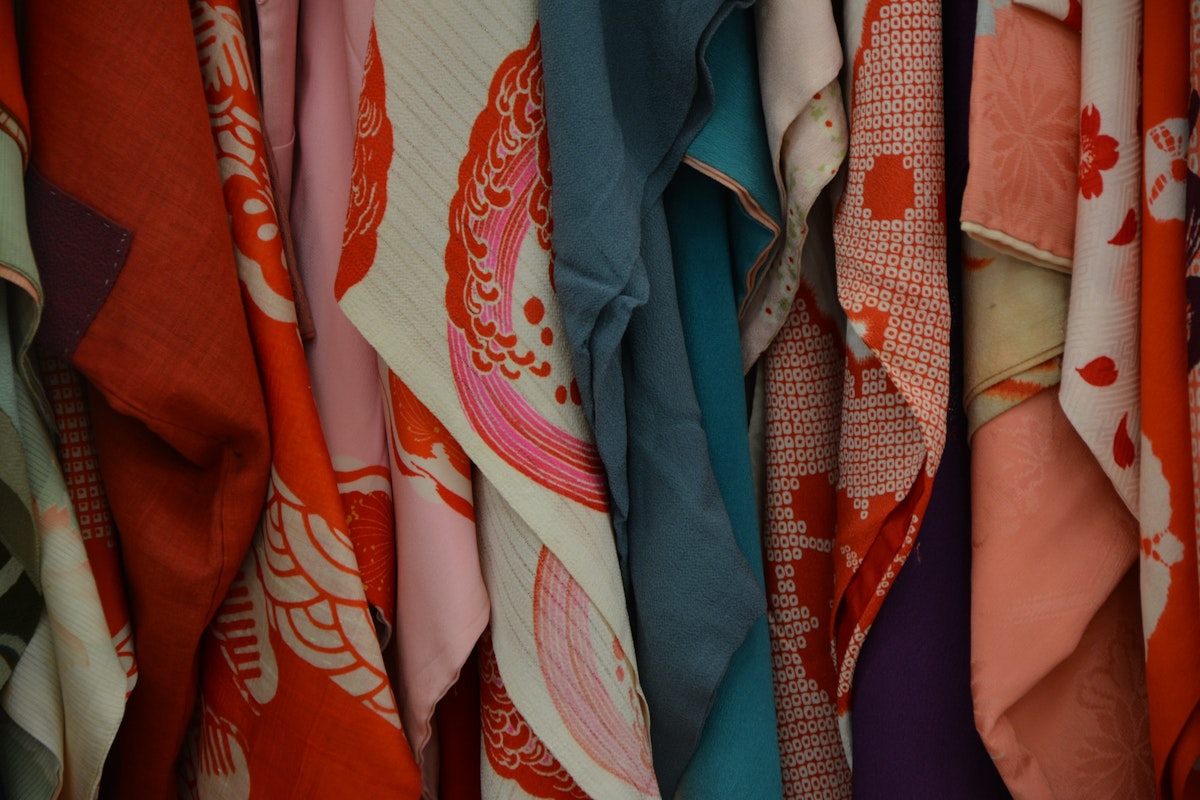
일본은 고속 열차, 네온 불빛이 반짝이는 도시 풍경, 첨단 기술과 같은 현대적인 경이로움으로 자주 인식되지만, 그 아래에는 풍부하고 깊고 매혹적인 이야기가 자리하고 있습니다. 이 이야기는 수세기 전부터 이어져 온 전통 일본 섬유와 직물의 침묵의 언어에서 펼쳐집니다. 이러한 직물은 이 나라의 유산의 중요한 측면을 구현하며, 일본의 역사적이고 문화적인 여정을 이해할 수 있는 독특한 렌즈를 제공합니다. 이 여정은 그 생동감 넘치는 도시들의 번잡함 속에서는 즉각적으로 드러나지 않습니다.
정통 일본 직물인 정교하고 복잡한 기모노나 따뜻한 노렌 커튼은 그 실 속에 계절, 공동체, 그리고 시간의 흐름 이야기를 담고 있습니다. 신중하게 선택된 각 색상과 세심하게 만들어진 패턴은 시간의 경계를 초월한 서사를 엮으며, 고대 문명의 정신과 자연 및 조화와의 지속적인 연결을 반영합니다. 전통 직물의 탐구는 그들의 부인할 수 없는 미적 아름다움을 감상하는 것뿐만 아니라, 그들이 내포하고 있는 철학과 문화적 중요성을 이해하는 것입니다. 일본을 탐험할 준비를 하면서 전통 직물의 매력에 이끌려 들어가십시오 - 아름답고 복잡하고 깊이 매혹적인 문화 여행이 기다리고 있습니다.
기모노는 일본 문화의 상징적인 상징물로, 아름다움과 우아함의 본질을 구현합니다. '기모노'라는 단어는 '입는 것'으로 번역되지만, 이러한 전통 의복은 그들의 실용적인 목적을 넘어섭니다. 기모노는 섬유로 정교하게 손으로 만들어지며, 대개 실크에서 짜여지지만, 면과 울과 같은 직물로도 만들어지고, '탄'이라고 불리는 단일 직물로 구성됩니다. 그 결과는 길고, 직선형이며, T자 모양의 로브로, 목과 넓은 소매가 있습니다.
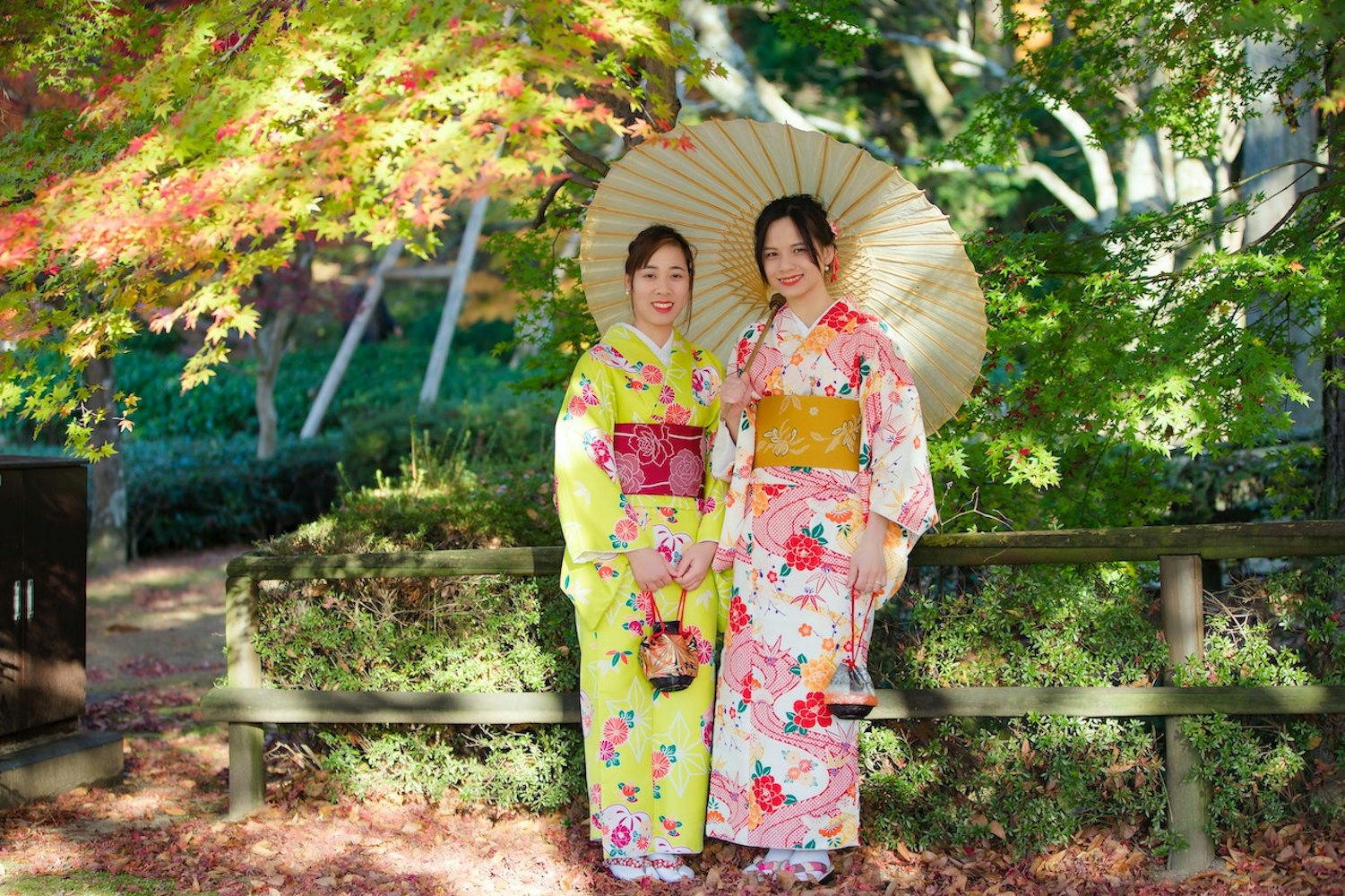
이미지 제공: 응우옌 훙
기모노를 독특하게 만드는 것은 그 다채롭고 정교한 디자인으로, 각 색상, 패턴, 모티프는 중요한 상징성을 지니고 있습니다. 모티프는 종종 식물, 동물, 그리고 변화하는 계절을 반영합니다. 예를 들어, 벚꽃은 봄의 상징으로서 생명의 새로움과 덧없음을 반영하기 위해 사용될 수 있으며, 단풍잎은 가을의 일반적인 모티프이며, 시간의 흐름을 의미할 수 있습니다. 기모노의 색상과 패턴은 착용자의 나이, 결혼 여부, 심지어 기분을 나타낼 수 있어, 각 기모노는 아름답고 독특한 개인 표현의 형태가 됩니다.
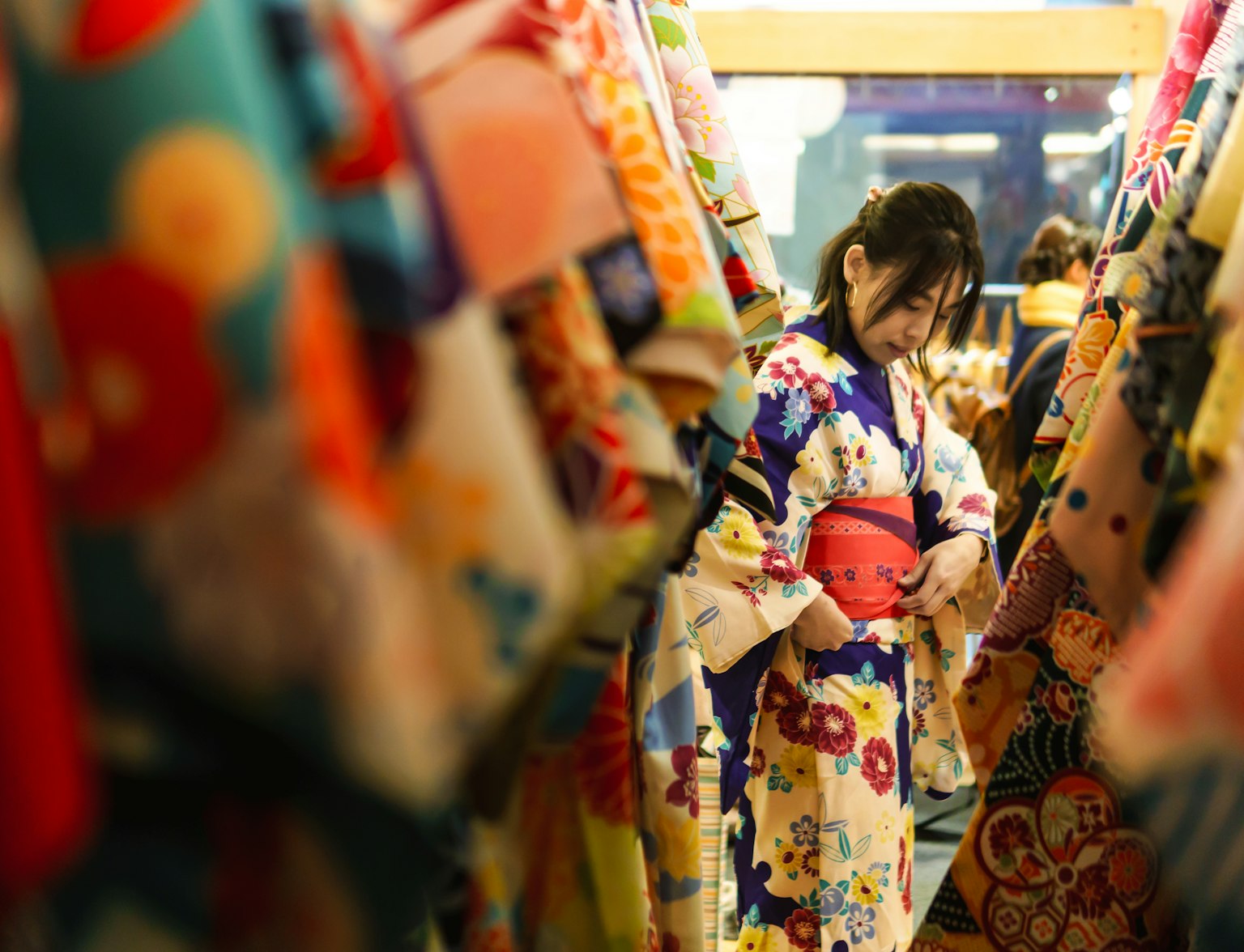
자신만의 기모노를 만드는 방법을 배우세요.
기모노는 일본 사회에서 단순한 의복 이상의 중요한 역할을 합니다. 기모노는 전통이 담겨 있으며, 각각의 스타일이 고유한 규칙과 의미를 지니고 있습니다. 긴 소매가 특징인 형식적인 기모노인 '후리소데'는 주로 성년식을 위해 미혼 여성이 착용하며, '우치카케'라는 장식이 화려한 기모노는 결혼식에서 자주 선택됩니다. 검은색 '쿠로 토메소데'는 결혼식에 참석하는 기혼 여성을 위한 공식적인 선택입니다.
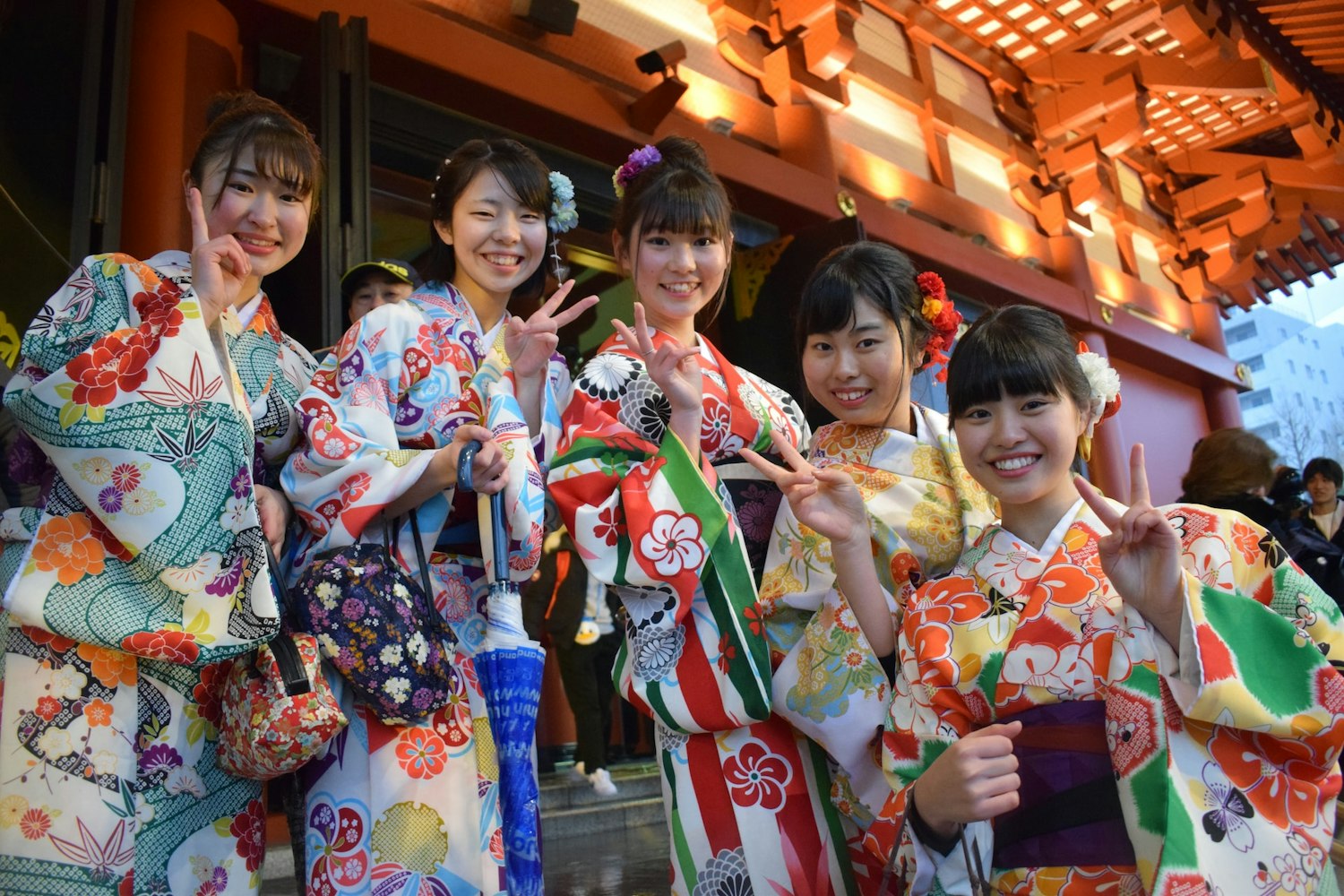
이미지 제공: 소피아 몬테이로
기모노를 입는 기술인 '키츠케'는 기술과 지식이 요구되는 관습으로, 각 접기와 매듭은 의미를 담고 있습니다. 또한 일본 문화의 기둥 중 하나인 전통 차 다도는 반드시 기모노를 착용해야 하며, 이는 사회적 행사에서 기모노의 중대한 역할을 강조합니다. 현대 시대에서도 기모노는 일본 문화의 중요한 부분으로 남아 있습니다. 매일 착용하는 서양식 의복이 일반화되었지만, 기모노는 여전히 특별한 행사와 이벤트를 위해 인기가 있으며, 수세기 동안 축하해온 전통을 이어가고 있습니다.
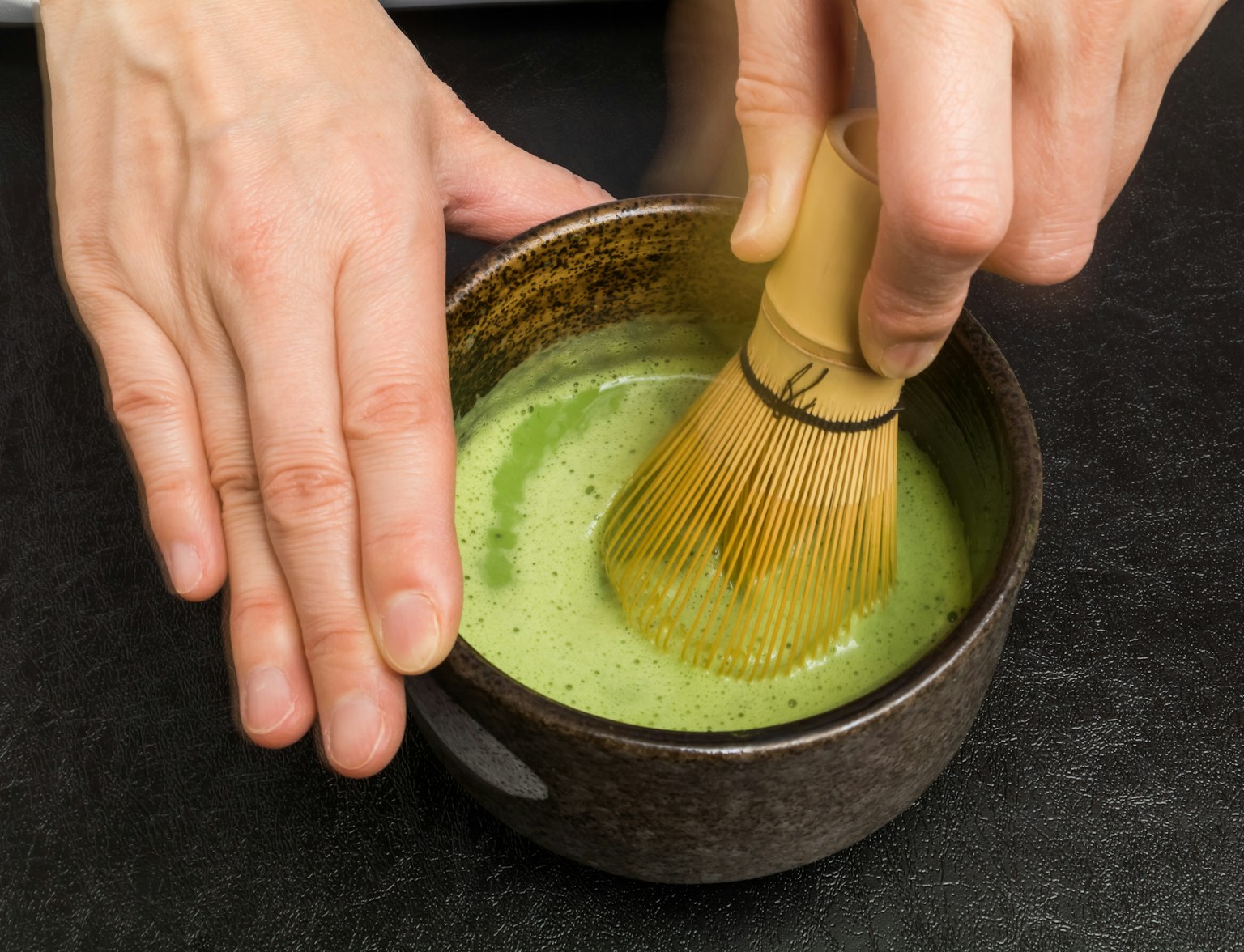
전통 다도 중에 기모노를 입는 경험.
노렌은 전통 일본 직물로 된 분리막으로, 일본 문화의 눈에 띄지만 종종 간과되는 요소를 제공합니다. 이것들은 직사각형의 천으로, 가운데가 갈라져 있으며, 가게, 식당, 그리고 집의 입구에 세로 막대에서 내려옵니다. 실용적인 목적을 제공하는 노렌은 내부를 요소로부터 보호하고, 개인적 공간을 제공하며, 사업의 개방 또는 폐쇄 상태를 나타냅니다. 그러나 노렌의 문화적 중요성은 이러한 실용적인 기능을 넘어 확장됩니다.
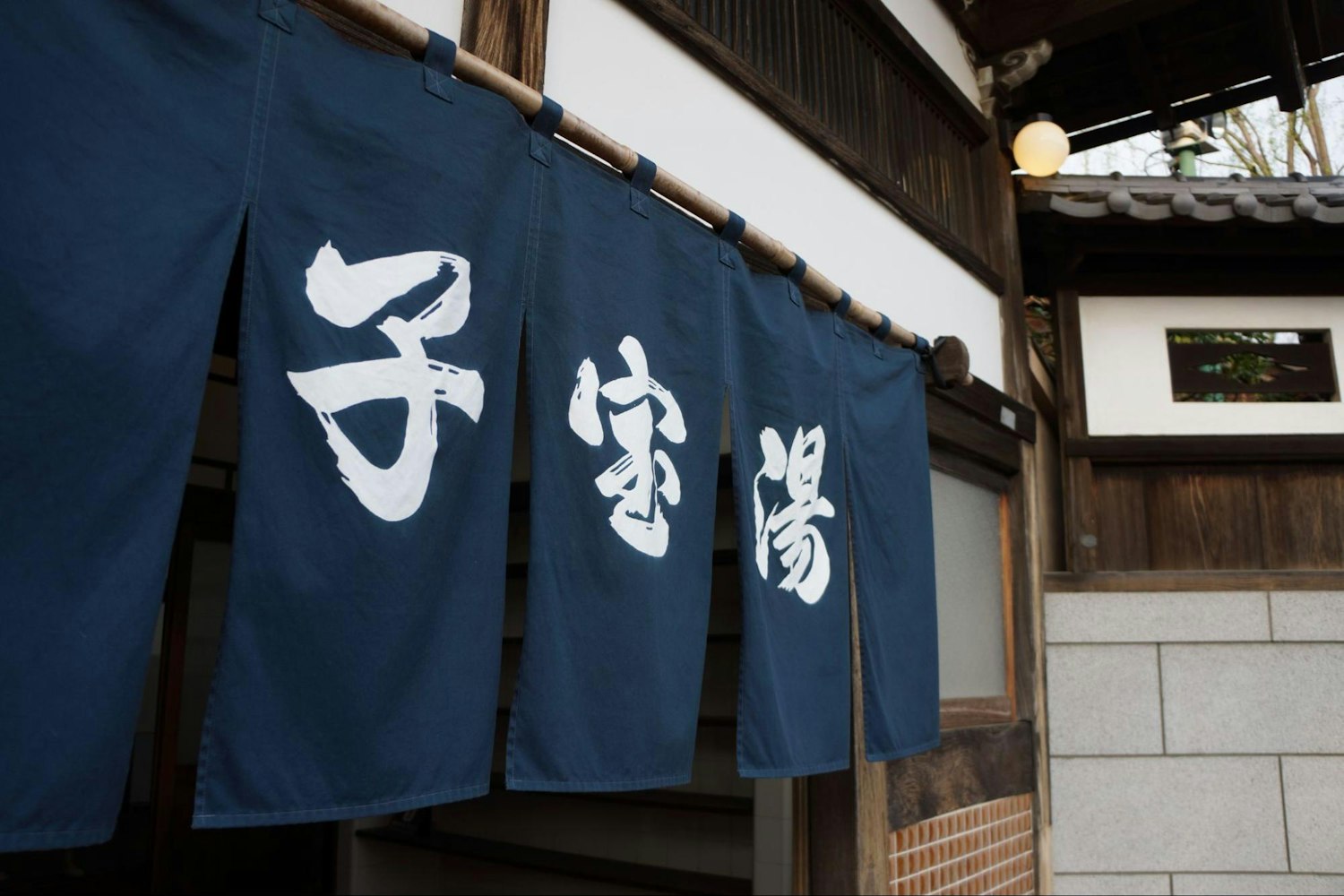
전통적으로 노렌은 시설의 이름, 로고 또는 상징으로 장식되며, 정교하게 디자인되고 종종 수작업으로 염색됩니다. 사용되는 이미지나 한자는 가볍게 선택되지 않습니다; 그들은 사업이나 집의 정신을 구현하여 노렌 너머에 무엇이 있는지를 보여주는 역할을 합니다. 이러한 직물 분리막은 침묵하는 의사소통자로, 지나가는 사람들과 비언어적인 대화를 설정하고, 미세하게 그들을 커튼 뒤의 세계로 끌어들입니다.
일본 사업의 영역에서 노렌은 중요한 역할을 담당하고 있습니다. 새롭게 걸린 노렌은 사업의 개업이나 재개장을 상징합니다. 시간이 지나면서, 노렌은 날씨에 영향을 받아 그 모습이 변하며, 이는 시설의 회복력과 일관성을 나타냅니다. 잘 닳은 노렌은 여러 시즌을 견뎌온 오랜 역사와 신뢰성 있는 사업을 나타냅니다.

이미지 제공: TJ 브루더
가정의 맥락에서 노렌은 방을 나누거나 문이 없는 출입구를 가리기 위해 사용되며, 개인적 공간을 유지하면서도 공간 전반에 열린 흐름을 유지합니다. 노렌의 실용적인 면은 분명히 중요하지만, 그들이 만들어내는 감정적인 공명이 더욱 매력적입니다. 공공과 개인, 알고 있는 것과 모르는 것 사이의 경계로서 노렌은 호기심을 초대하여, 분주한 거리에서 보다 개인적인 공간으로의 전환을 마크합니다. 따라서 노렌은 단순한 물리적 분리막이 아니라, 공간의 심리적 경계를 나타내며, 일본 사회를 특징짓는 개방성과 신중함 간의 미세한 균형을 구현합니다.
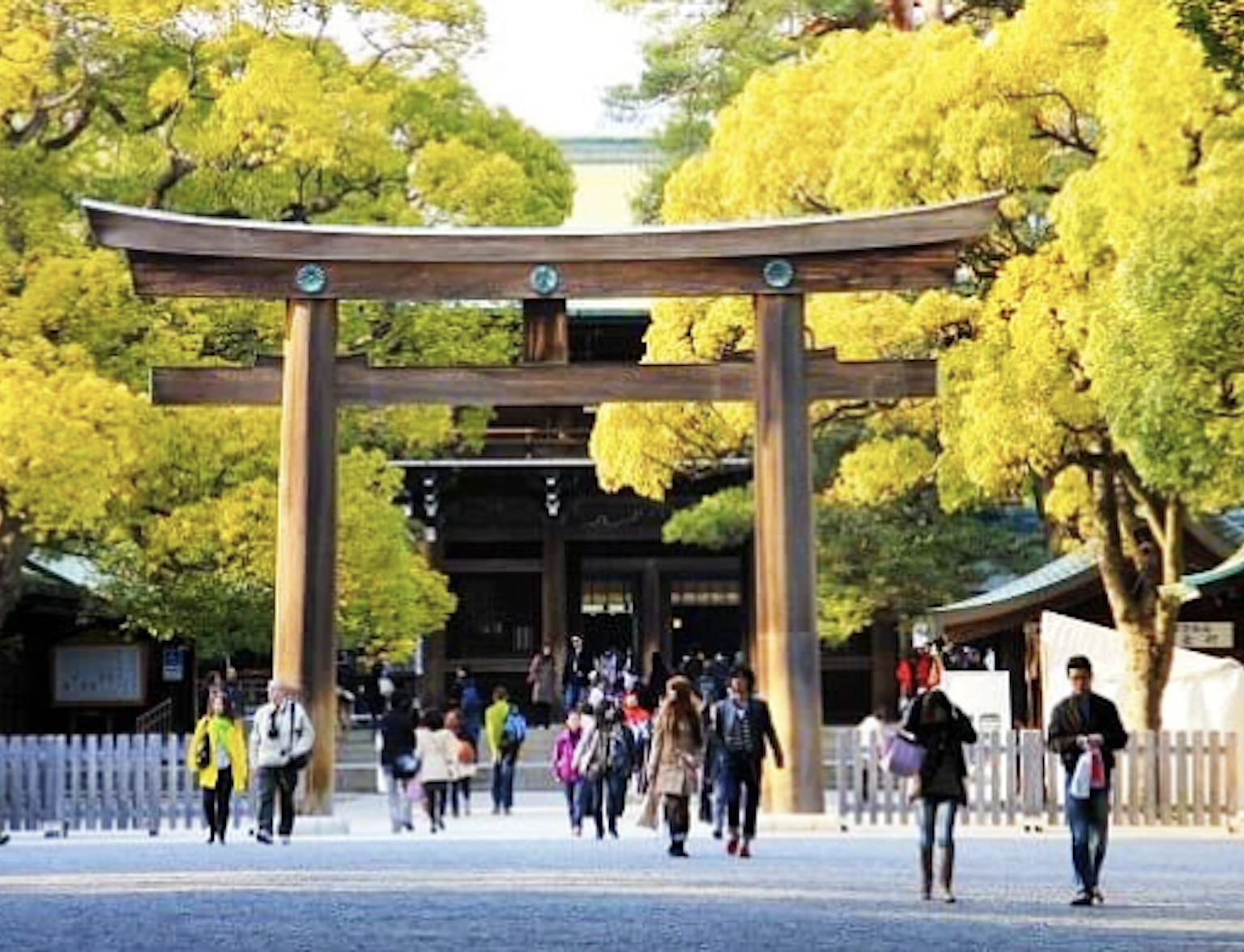
도쿄를 돌아다니며 시간을 이겨낸 비즈니스가 어떤 것인지 보세요.
보로와 삿시코는 에도 시대의 일본 북부에서 유래되었으며, 이 지역은 혹독한 겨울로 유명합니다. 이 시기 동안 면은 귀중한 상품이었고, 직물을 낭비하는 개념은 상상할 수 없는 일이었습니다. 따라서 '찢어진 천' 또는 '누더기'를 의미하는 보로의 예술이 탄생하였습니다. 보로는 여러 대에 걸쳐 수선되고 패치워크된 직물을 지칭하며, 따뜻함을 제공할 뿐만 아니라 회복력과 자원의 사용을 이야기로 담아냅니다.
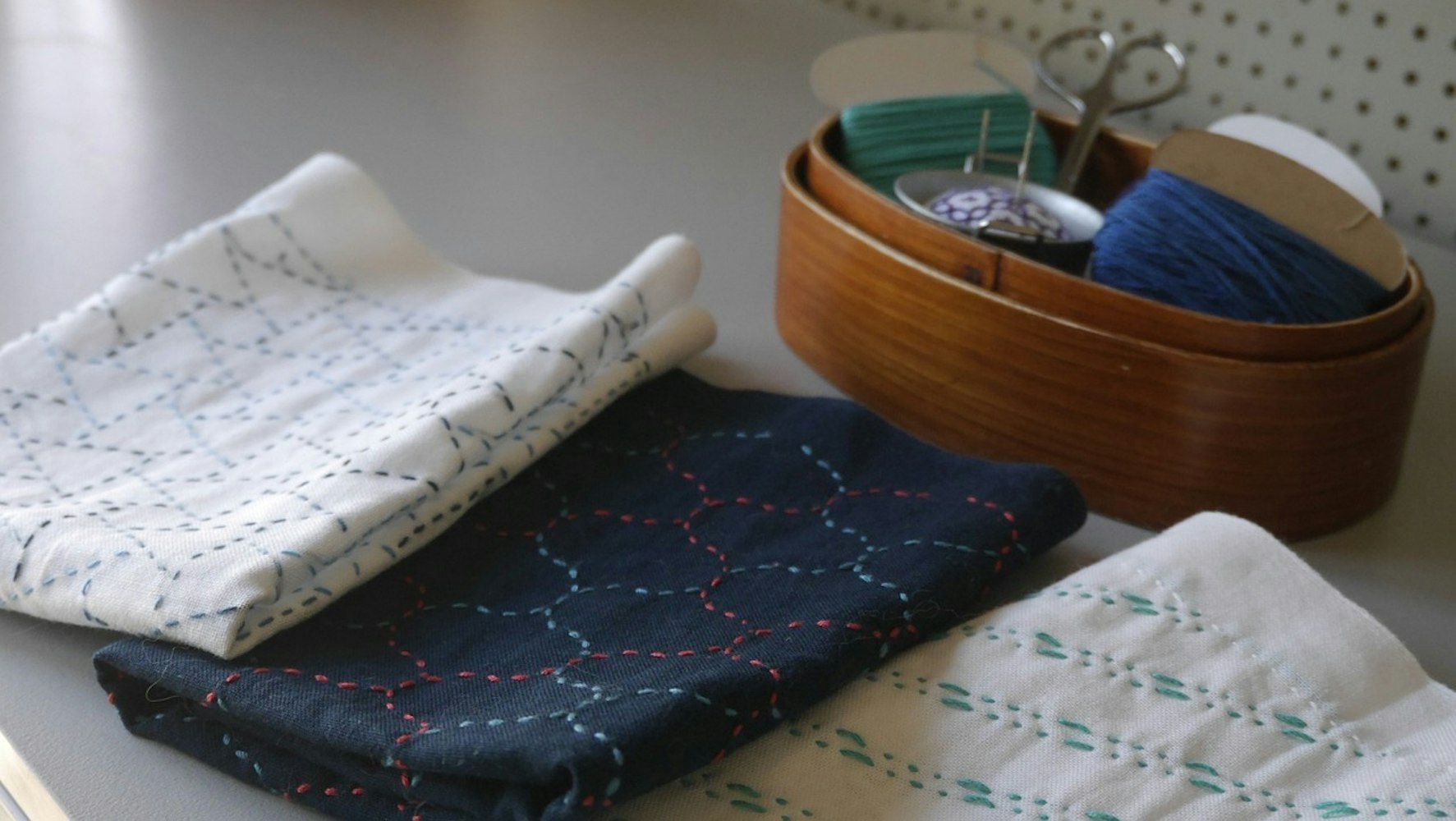
이미지 제공: 나오유아사
삿시코는 '작은 찔림'을 의미하며, 보로의 동반자로 발전하였습니다. 이는 장식적인 보강 바느질의 한 형태입니다. 간단한 봉합이 복잡하고 기하학적인 패턴을 형성하는 형태로, 원래 삿시코는 소모된 부분을 보강하거나 찢어진 부분을 수선하는 데 사용되어 더 나은 단열을 위한 내구성 있는 직물의 레이어를 생성합니다. 시간이 흐르면서, 이러한 봉합의 실용적인 기능은 미적 표현으로 발전하여 일상 직물을 예술 작품으로 변모시켰습니다.
보로와 삿시코의 관행은 두 가지 깊은 일본 문화적 가치인 '못타이나이'와 '와비사비'에 기반을 두고 있습니다. 못타이나이는 낭비에 대한 후회감을 내포하고 있으며, 자원의 활용과 재활용의 중요성을 반영합니다. 이 원칙은 모든 천 조각이 얼마간 작더라도 가치 있고 사용할 가치가 있다고 여겨지는 보로 직물의 창작에 분명히 반영되어 있습니다.
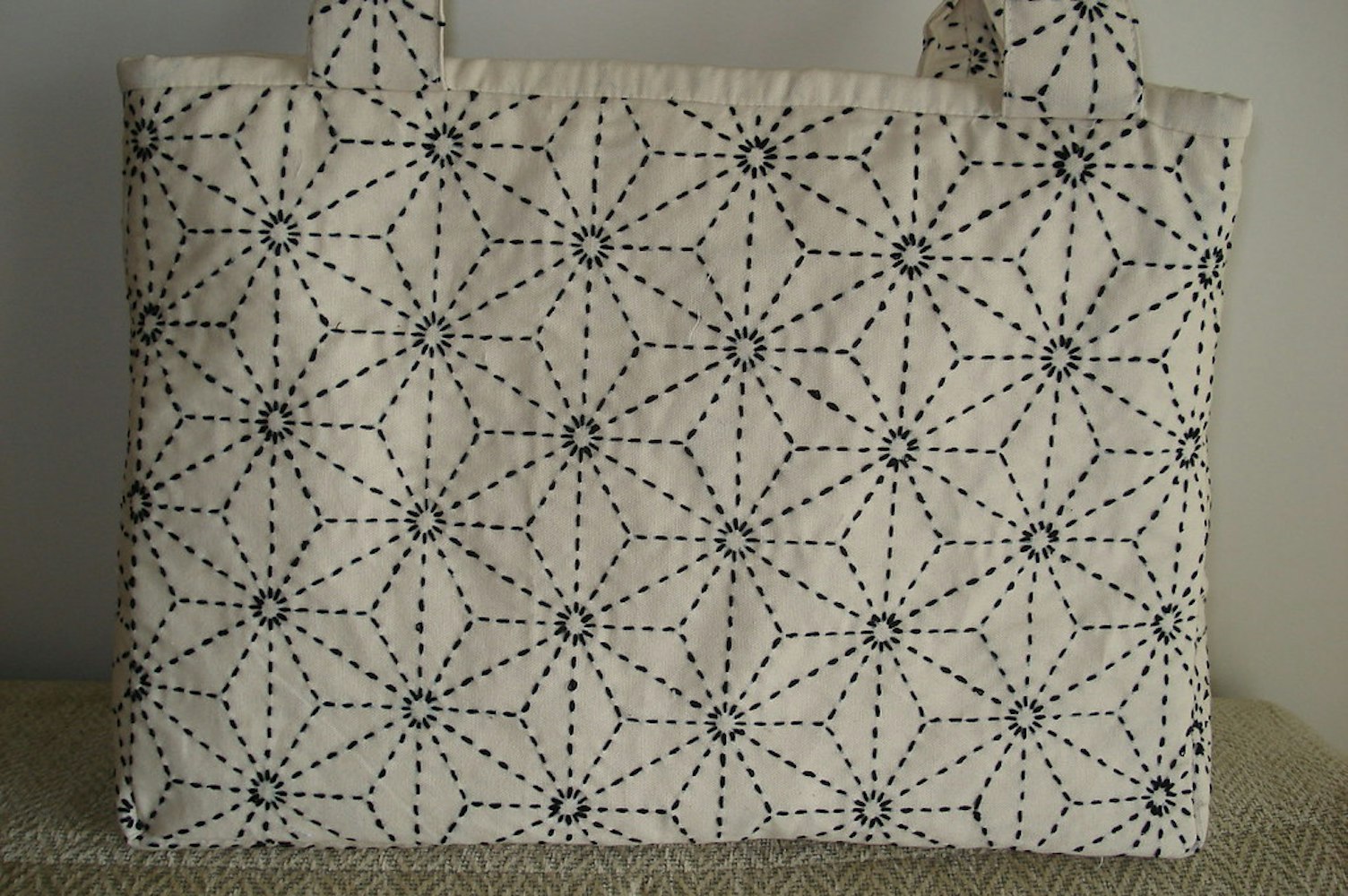
이미지 제공: 줄레미안 나디야
'와비사비'는 덧없음과 불완전함을 수용하는 세계관을 나타냅니다. 이 철학은 메꾼 직물의 아름다움을 강조하는 삿시코의 복잡한 바느질에서 드러나며, 각 스티치는 단순하고 겸손하며 나이가 들어가는 물체에서 내재된 아름다움을 보여줍니다. 수선된 직물은 수선의 아름다움을 강조하며, 결함이 아니라 이야기를 기리는 것으로 여겨집니다. 따라서 보로와 삿시코를 통해, 단순히 직물의 물리적인 변화를 관찰하는 것이 아니라 과거를 존중하고 현재의 가치를 중시하며 지속 가능한 미래를 위해 기여하는 마음가짐에 참여하게 됩니다.
아이치현에 위치한 아리마츠는 직물에 복잡한 패턴을 생성하는 타이 다이(dyeing) 형태인 시보리의 수세기된 공예로 유명합니다. 17세기 초에 설립된 아리마츠는 도쿄와 교토를 연결하는 옛 도카이도 도로를 따라 위치해 있어 시보리 직물의 중심지로 빠르게 부상하였습니다. 이러한 전략적 위치는 시보리 직물의 유통을 용이하게 하여 그들의 인기에 기여했습니다.
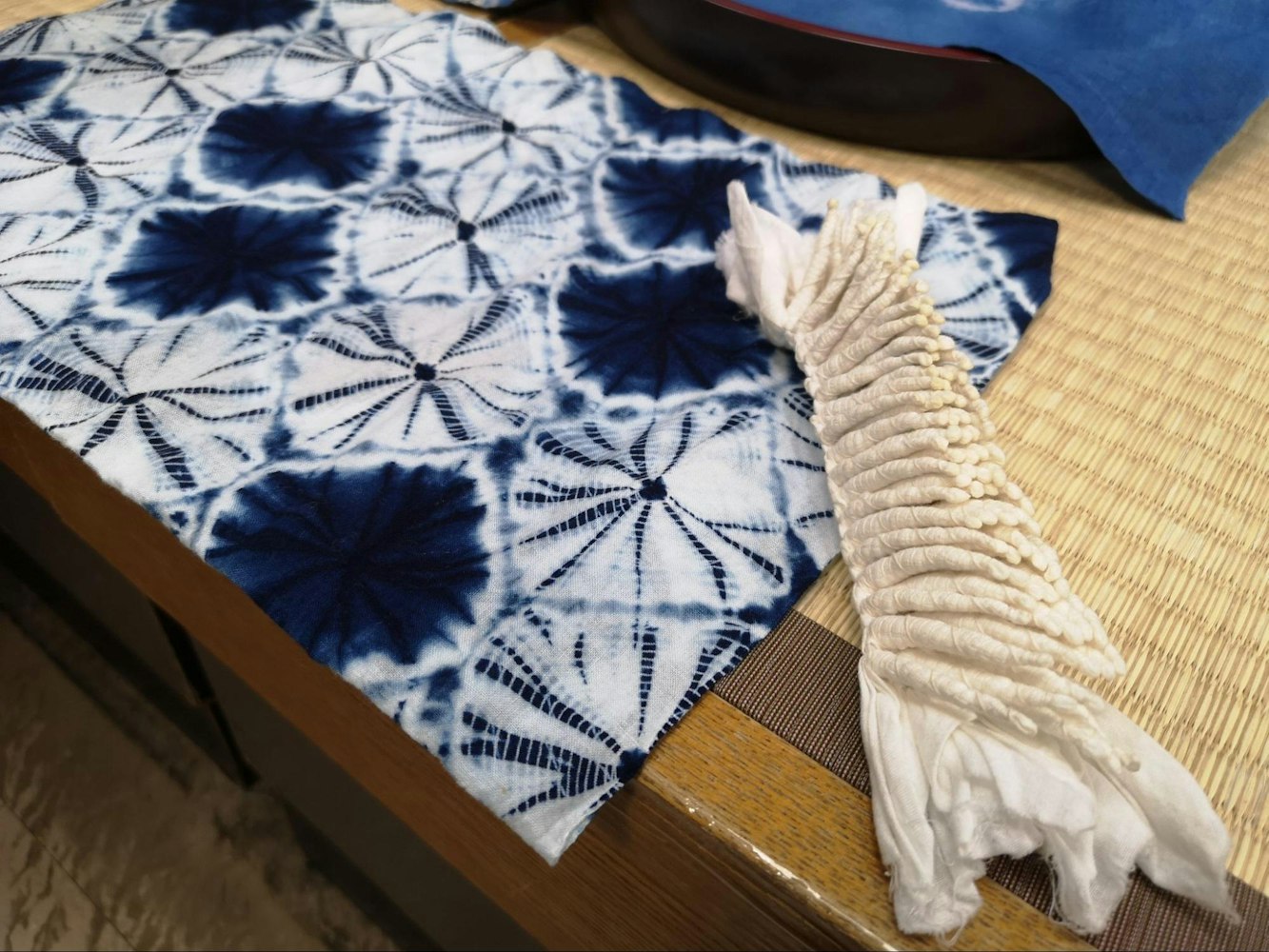
시보리 과정은 천을 세심하게 접고, 비틀거나 주름잡은 후, 염색하기 전에 실이나 고무 밴드로 고정합니다. 각각의 조작은 독특한 패턴을 부여그리며, 염색 후 바인딩이 제거되면 멋진 디자인들이 탄생합니다. 시보리의 아름다움은 제어와 우연 사이의 섬세한 상호 작용에 있습니다. 장인이 묶고 바느질하는 과정을 다룰 수 있지만, 최종 결과는 항상 놀라움이 담겨 있으며, 염색이 적용되고 바인딩이 제거되었을 때만 드러납니다.
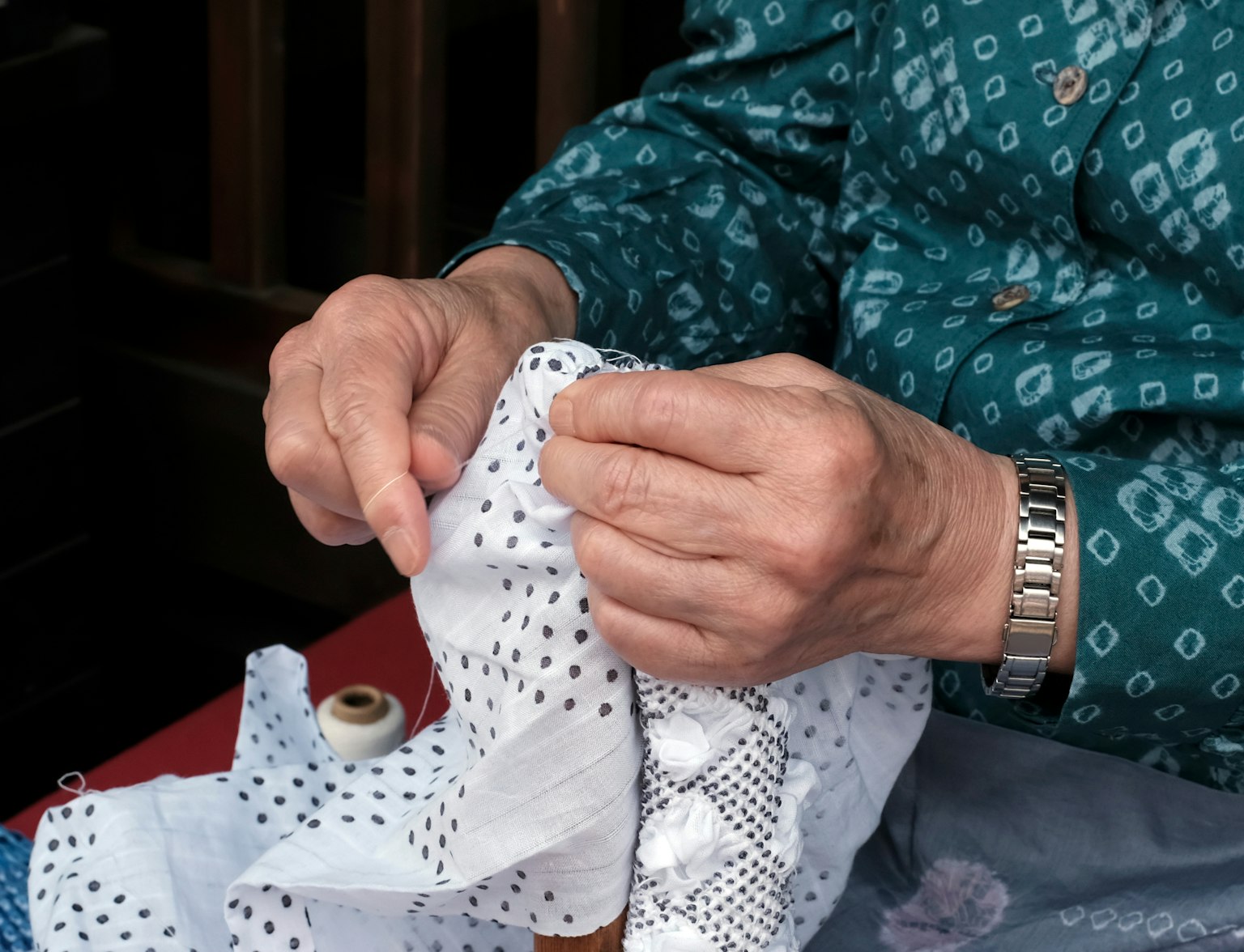
수세기 역사를 가진 시보리 타이다이 예술을 알아보세요.
아리마츠 시보리 축제는 매년 6월 초에 열려 시보리의 풍부한 전통을 기념합니다. 축제 기간 동안 아리마츠의 조용한 거리들은 지역 주민과 관광객들로 가득한 활기찬 장관으로 변모합니다. 방문객들은 유카타, 스카프, 테이블 러너, 벽걸이 등 다양한 시보리 직물을 전시하고 판매하는 여러 상인들을 통해 시보리의 세계에 몰입하는 즐거움을 기대할 수 있습니다.

축제의 하이라이트 중 하나는 참여자가 숙련된 장인의 안내 아래 이 예술 형식의 기초를 배울 수 있는 시보리 워크숍입니다. 여기에서 사람들은 시보리 직물을 만드는 데 필요한 복잡함과 노력을 진정으로 감상할 수 있습니다. 축제는 전통 음악과 춤, 역사적인 의상을 입은 사람들을 보여주는 퍼레이드도 포함되어 있으며, 아리마츠와 그 사랑받는 공예의 지속적인 매력을 캡슐화합니다. 시보리 축제는 단순히 직물 예술 형식의 축제를 넘어서 깊은 역사와 전통을 품고 있는 마을의 문화 유산을 직접 경험해보라는 초대입니다.
전통 일본 직물의 세계는 풍부하고 매혹적이며 이 직물들의 미적 아름다움을 초월하는 깊은 의미로 가득 차 있습니다. 기모노, 노렌, 보로, 삿시코, 그리고 시보리를 통해 우리는 수세기 동안 키워온 놀라운 장인 정신뿐만 아니라, 이러한 직물의 모든 실과 염료에 스며 있는 문화적 내러티브와 철학들을 목격할 수 있습니다. 이러한 각 직물은 일본 문화의 복잡함을 증명하며, 자원 활용, 자연에 대한 존중, 그리고 불완전함의 축하와 같은 가치를 구현합니다.
일본을 여행하면서 이러한 직물의 언어가 탐험을 안내하도록 하십시오. 개인적인 이야기와 사회적 역할을 반영하는 화려한 기모노에서부터 아리마츠의 조화로운 통제와 우연을 이야기하는 시보리 직물에 이르기까지 - 각 작품은 여러분이 더 깊이 파고들도록 초대하며 물리적 한계를 초월한 연결을 제공합니다. 이러한 전통 직물에 참여함으로써 여러분은 단순히 유물이 아닌, 일본의 풍부한 역사와 문화적 깊이를 풀어내는 이야기 속으로 들어가게 되어 진정 잊을 수 없는 여행 경험을 창출하게 됩니다.



